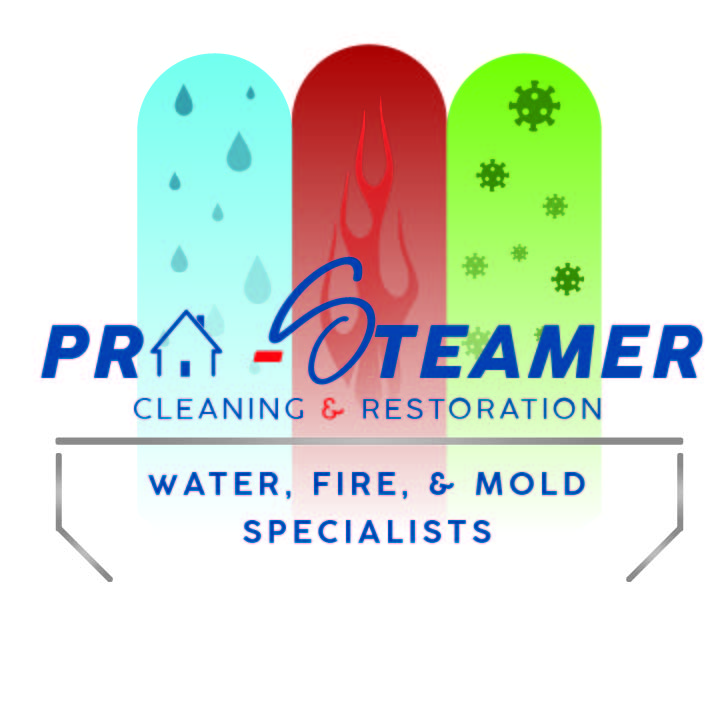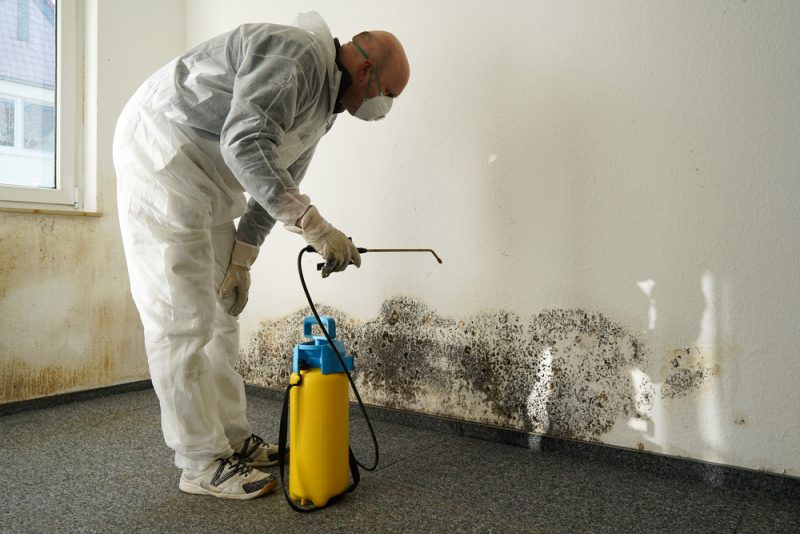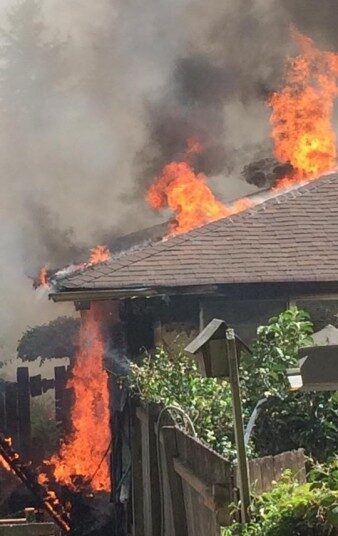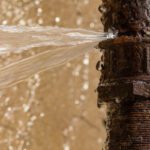What Does Mold From Water Damage Look Like?
Early-stage water damage mold can be subtle. It often starts as a thin, fuzzy growth that is barely visible. As mold matures, it typically darkens and creates noticeable patches. These patches can be black, green, yellow, orange, or even purple, depending on the type of mold. After a flood or leak, always inspect porous materials like drywall, wood, and insulation. These materials soak up moisture and create the perfect environment for mold to develop. Keep in mind, mold can begin growing within just 48 to 72 hours after water exposure.Most Common Types of Indoor Mold After Water Damage
Mold comes in many varieties, but some types are more likely to appear after water damage. Here are 12 molds that you should be aware of:- Alternaria
- Acremonium
- Aureobasidium
- Chaetomium
- Cladosporium
- Fusarium
- Stachybotrys (Black Mold)
- Mucor
- Aspergillus
- Penicillium
- Trichoderma
- Ulocladium
Stachybotrys (Black Mold)
Often referred to as “black mold,” Stachybotrys thrives on damp, cellulose-based materials like wood, drywall, and wallpaper. It has a slimy black appearance with hints of green and can release harmful mycotoxins. Those with respiratory issues or weakened immune systems should avoid any area where black mold is suspected.Cladosporium
This mold usually appears as small black dots that merge into larger olive-green or brown patches. It’s often found in bathrooms, basements, and on materials like fabric, wood, and drywall. Even though it’s not as toxic as black mold, it can still trigger allergic reactions.Aspergillus
Aspergillus mold presents as black patches mixed with white or yellow hues. Although it’s common in the environment and many people breathe it in without issues, it can pose risks to individuals with lung conditions or weakened immunity, potentially leading to serious infections.Alternaria
Alternaria is a fast-growing mold usually found outdoors, but it can enter homes and buildings through open windows or doors. Indoors, it attaches to carpets, drapes, and damp areas like crawl spaces or attics. It appears hair-like and varies from olive green to black in color.Other Signs You Might Have Hidden Mold
Mold doesn’t always show itself right away. Sometimes it grows behind walls, under flooring, or in HVAC systems, making it tricky to detect. Apart from visible patches, here are other clues that mold could be lurking:- A persistent musty or earthy smell indoors
- Water stains or discoloration on ceilings, walls, or floors
- Worsening allergies or respiratory issues when indoors
- Dusty, stale air despite frequent cleaning
Protect Your Home With Professional Mold Remediation
Identifying mold early is key to limiting damage to your property and health. However, even with the best efforts, mold spores can go unnoticed until they become a bigger problem. At Pro Steamer in Roswell, NM, we specialize in thorough water extraction, complete structural drying, and professional mold remediation. Our experienced team knows how to find hidden moisture and remove mold safely and effectively. If you’re dealing with water damage or suspect mold growth, don’t wait. Let Pro Steamer help protect your property and restore your peace of mind. 📞 Call us today at (575) 623-0993 to schedule your mold inspection or remediation service!Frequently Asked Questions
How quickly does mold start growing after water damage?
Mold can start growing within 48 to 72 hours after water exposure. That’s why it’s crucial to dry out affected areas and call a professional as soon as possible after flooding or leaks.What are the health risks of mold exposure?
Mold exposure can cause sneezing, coughing, eye irritation, skin rashes, and more severe respiratory issues, especially for people with asthma, allergies, or weakened immune systems.What does mold look like after water damage?
Mold may appear as fuzzy, slimy, or powdery patches in colors like black, green, white, yellow, or even orange. It often starts small and spreads rapidly across damp surfaces. Can I remove mold myself after water damage? Small surface-level mold (like on tile) might be cleaned with proper protection. However, if the mold covers a large area (greater than 10 square feet) or is hidden behind walls, it’s best to hire professional mold remediation specialists like Pro Steamer.How can I prevent mold after experiencing water damage?
Act quickly by:- Removing standing water
- Using fans and dehumidifiers
- Drying porous materials like carpets and drywall thoroughly
Is black mold more dangerous than other types?
Yes, black mold (Stachybotrys) produces toxins that can be particularly harmful to health, especially for individuals with respiratory conditions, allergies, or weakened immune systems.What are the most common areas in a home where mold grows after water damage?
Mold often grows in basements, crawl spaces, behind drywall, under sinks, around windows, and in any area that remains damp or poorly ventilated.How do I know if I need professional mold remediation?
If you see large mold patches, smell a persistent musty odor, or experience health symptoms that improve when you leave the property, it’s a sign you should call a professional mold remediation service like Pro Steamer.How can I tell if mold is hidden behind walls or ceilings?
Signs of hidden mold include warped walls, peeling paint, musty smells, discoloration, and even unexplained allergic reactions when indoors.Does insurance cover mold removal after water damage?
Some homeowners insurance policies cover mold remediation if the mold growth is caused by a covered peril like sudden water damage. However, mold from long-term leaks or neglect might not be covered. It’s best to review your policy carefully or talk to your insurer.Why is black mold considered more dangerous than other molds?
Black mold (Stachybotrys chartarum) can produce toxic compounds called mycotoxins, which may cause severe respiratory issues, neurological symptoms, and other health problems, especially in sensitive individuals.Can mold come back after professional removal?
Mold can return if moisture problems are not completely fixed. That’s why a thorough drying and moisture control plan is essential during and after professional mold remediation.How can I prevent mold growth after water damage?
- Dry all wet areas within 24–48 hours
- Use dehumidifiers and fans
- Fix leaks immediately
- Inspect hidden areas like attics and crawl spaces
- Call professionals if you notice signs of mold










